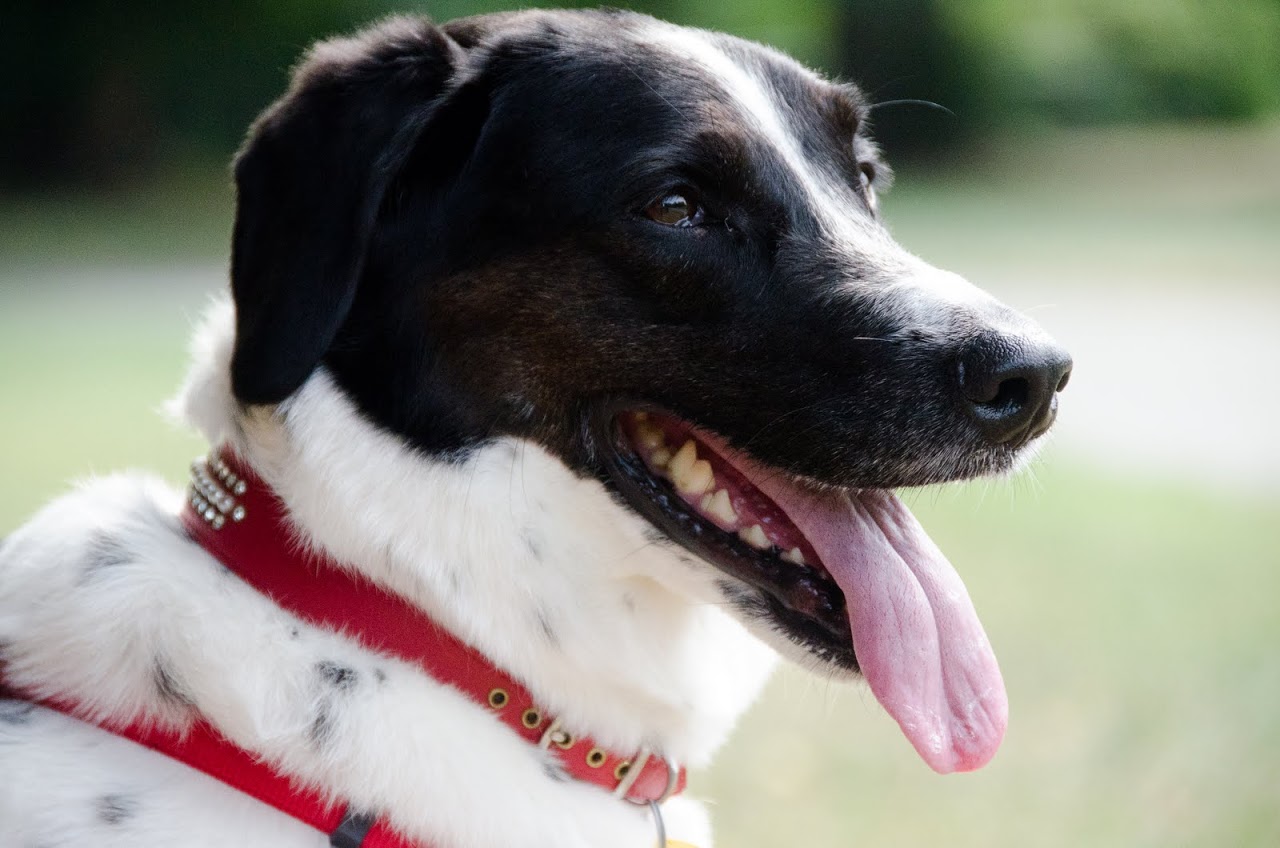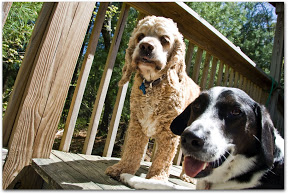* Two weeks ago, we wrote about the first steps that you need to undertake in order to get your dogs from the United States to Europe . Yeah, it's crazy complicated but having our pups with us in Europe makes it so worth it. This week, we're finishing up the whole process.
Step 9: Your Veterinarian Must Complete the Third Country Certificate
Two months before the D-Date, your veterinarian must fill out the Third Country Certificate that you received from the USDA Veterinarian. This document simply summarizes your information, the dog’s characteristics, the microchipping, rabies vaccination, and serotological test. Write out the whole thing in BLUE INK. Your veterinarian will need to sign the document in blue ink and date it.
The reason that you need to have this form filled out only two months prior to the D-Date is because a Third Country Certificate is valid in the EU for only three months after the USDA veterinarian endorses it. If you are planning on spending more time in the EU than three months after you get it endorsed, you will need to have the document converted to a Pet Passport , which is what we did.
Step 10: Authorization by the USDA Veterinarian
At this point, approximately one and a half months before the D-Date , you will need to complete the procedures for your state’s USDA Veterinarian in Charge to certify and stamp the document. In Alabama, I mailed all of our documents and certifications to the veterinarian along with a check and pre-paid return envelope, and they sent the certification back to me in two weeks. In some states, you may be required to make an appointment. Call your state’s USDA veterinarian to find out.
Step 11: Certificate of Fitness (if your dog will be on an airplane)
If your dog will be taking an airplane to England, your veterinarian will need to complete a certificate of fitness and health check seven days prior to the flight .
Step 12: Tick/Tapework Treatment
Between 24 to 48 hours before you board your means of transport to England, a veterinarian will need to provide tick and tapeworm treatment to your dog and certify that the treatment was given on the Third Country Certificate. This is the one step that causes the most problems ; on our trip to Europe, one woman was not allowed to bring her dog on board because she did not get the tick and tapeworm treatment within the specified timeline. Think carefully about exactly when you will be boarding and schedule the veterinarian visit somewhere around the 36 hour mark, just to be on the safe side.
If you will be taking the
Queen Mary 2
, we used their recommended veterinarian, Sara Neuman at
Vinegar Hill Veterinary Group
in Brooklyn. Be prepared for the high expense, though. Our 15-minute visit for her to look over the dogs and to give the dogs some Frontline and a small pill cost us almost $270.
* After July 1, 2012, the rules now require tapeworm treatment to be given one to five days before the animal reaches the UK. However, see the following letter regarding special circumstances for those dogs boarding the Queen Mary 2:
Our Reference AHDWO 40796
Thank you for your e-mail received on the 12
th
December 2011.
With regard to the new rules relating to the Pet Travel Scheme (PETS) that come into effect on 1 st January 2012 and the requirement for dogs (only) to be treated, by a vet, against tapeworms ( Echinococcus multilocularis ) no less than 24hrs and no more than 120hrs (1-5 days) before expected arrival in UK.
Please be advised that an amendment has been made to the current agreement (RMOP) between Carnival (Cunard) and Animal Health & Veterinary Laboratories Agency (AHVLA), for the approved route from New York to Southampton in relation to the tapeworm treatment.
I can confirm that on this route, from 1 st January 2012, pet dogs must comply with all the requirements for the Pet Travel Scheme as normal, except that the Tapeworm Treatment ( Echinococcus multilocularis ) must be administered no more than 5 days prior to embarkation by a qualified vet and the details recorded in the Pet Passport or Third Country Official Veterinary Certificate.
This will enable your dog to travel from New York to Southampton with Cunard and enter the UK fully compliant with the scheme.
Step 13: Breathe a Sigh of Relief
And then you’re on board/in air ! All this sounds like quite a bit of preparation but, in total, it amounted to four veterinarian visits, some mailing, and a good deal of hand wringing. The folks at Cunard helped me throughout the entire process and required that we send them copies of the documents in each stage because otherwise, they would not let us board their ship.
Funny enough, after all this work, when we entered the UK, the DEFRA agency officials didn’t even board the ship. They have told Cunard that they plan on cutting down their checks on authorized means of transport into the country and will now check only about 30% of the pets entering the UK. [I’ll tell you more about the embarkation process and disembarkation process in the next few posts.] And, when we crossed from England to Spain, they didn’t even scan the microchips for either dog.
Step 14: Convert the Third Country Certificate to a Pet Passport
Once we arrived in England, we took our dogs to a local veterinarian to have him convert the Third Country Certificate to a Pet Passport. Unlike the Third Country Certificate, the Pet Passport does not have a time limitation and it provides plenty of space for the EU and UK veterinarians to document their other vaccinations and tick and tapeworm treatment. The rabies vaccination must be kept up to date because the Pet Passport is only valid as long as the rabies vaccination is valid. Every time we plan to re-enter the UK, a veterinarian will need to provide the tick and tapeworm treatment within 24 to 48 hours before we board the means of transport back in the UK.
But, otherwise, the dogs now have free rein to roam and explore in the United Kingdom and the European Union!
















